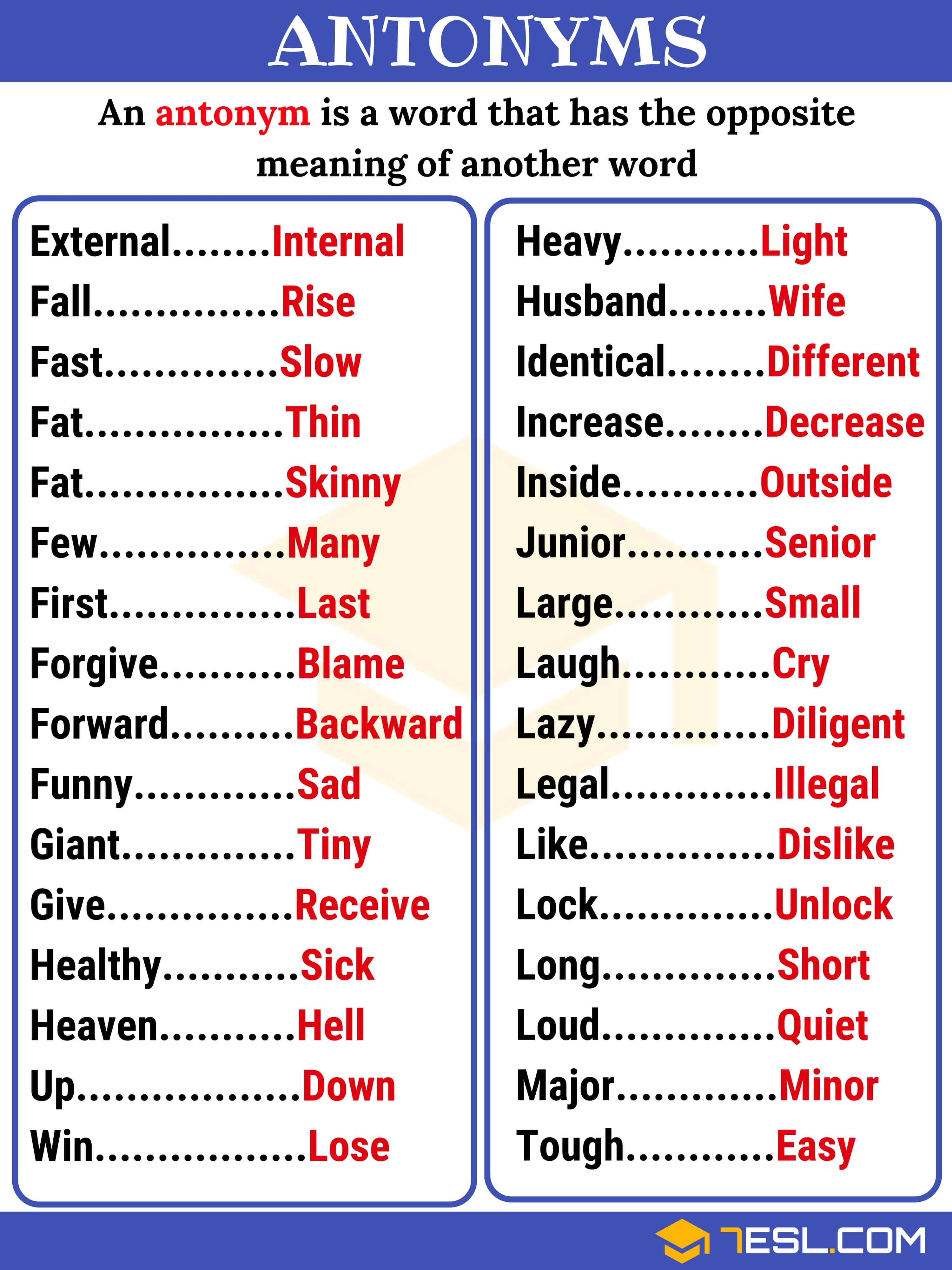Understanding the Opposite of Estricta: A Clear Explanation

Understanding the opposite of estricta requires a clear grasp of its meaning and context. Estricta, derived from Latin, often implies something rigid, precise, or tightly defined. Its opposite, therefore, would embody flexibility, looseness, or openness. This blog explores the concept in detail, providing both informative and commercial insights for readers seeking clarity.
What Does Estricta Mean?

Estricta is commonly associated with strictness or exactness. In legal, technical, or formal contexts, it denotes adherence to specific rules or standards without deviation. For instance, an estricta policy leaves no room for interpretation.
📌 Note: Understanding estricta is essential to grasp its antonym effectively.
Exploring the Opposite of Estricta

The opposite of estricta can be described as flexible, lenient, or broad. This concept allows for adaptability, interpretation, and room for variation. For example, a flexible approach encourages creativity and accommodates diverse perspectives.
Key Characteristics of the Opposite
- Adaptability: Adjusts to different situations.
- Openness: Encourages interpretation and innovation.
- Tolerance: Accepts variations without rigid enforcement.
| Estricta | Opposite |
|---|---|
| Rigid rules | Flexible guidelines |
| No exceptions | Allows exceptions |
| Precise definitions | Broad interpretations |

Practical Applications

Understanding the opposite of estricta is valuable in various fields:
In Business
A flexible approach fosters innovation and employee satisfaction, while estricta policies ensure consistency and compliance.
In Education
Lenient grading systems encourage learning, whereas estricta standards maintain academic rigor.
In Law
Broad interpretations of laws allow for fairness, while estricta applications ensure uniformity.
📌 Note: Balancing estricta and its opposite is crucial for effective decision-making.
Checklist for Applying the Opposite of Estricta

- Assess Context: Determine if flexibility is appropriate.
- Encourage Creativity: Allow room for innovation.
- Monitor Outcomes: Ensure adaptability doesn’t lead to chaos.
Wrapping Up

The opposite of estricta embodies flexibility, openness, and adaptability. Whether in business, education, or law, understanding this contrast helps strike a balance between structure and freedom. By embracing both concepts, individuals and organizations can navigate challenges more effectively.
What does estricta mean?
+Estricta refers to something rigid, precise, or tightly defined, often with no room for deviation.
Why is understanding the opposite of estricta important?
+It helps balance structure with flexibility, fostering creativity and adaptability in various contexts.
How can I apply the opposite of estricta in my work?
+Encourage open interpretations, allow exceptions, and prioritize adaptability in decision-making.
Related Keywords: flexible approach, lenient policies, broad interpretations, adaptability in business, balancing structure and freedom.



